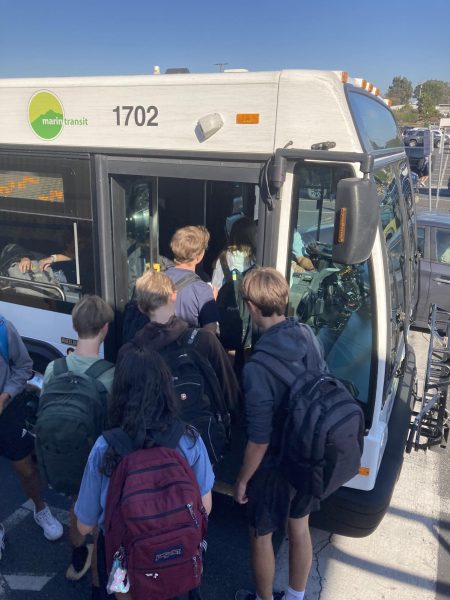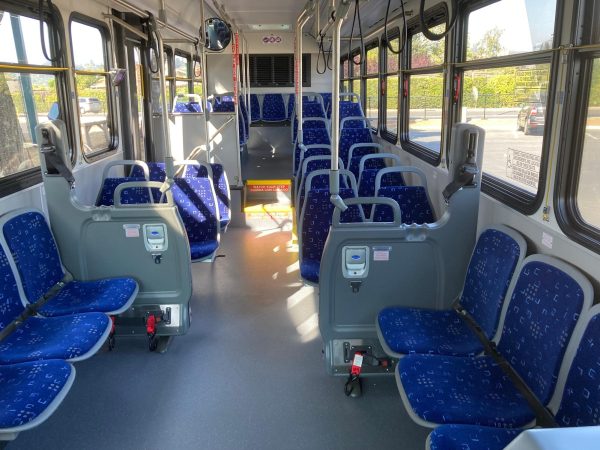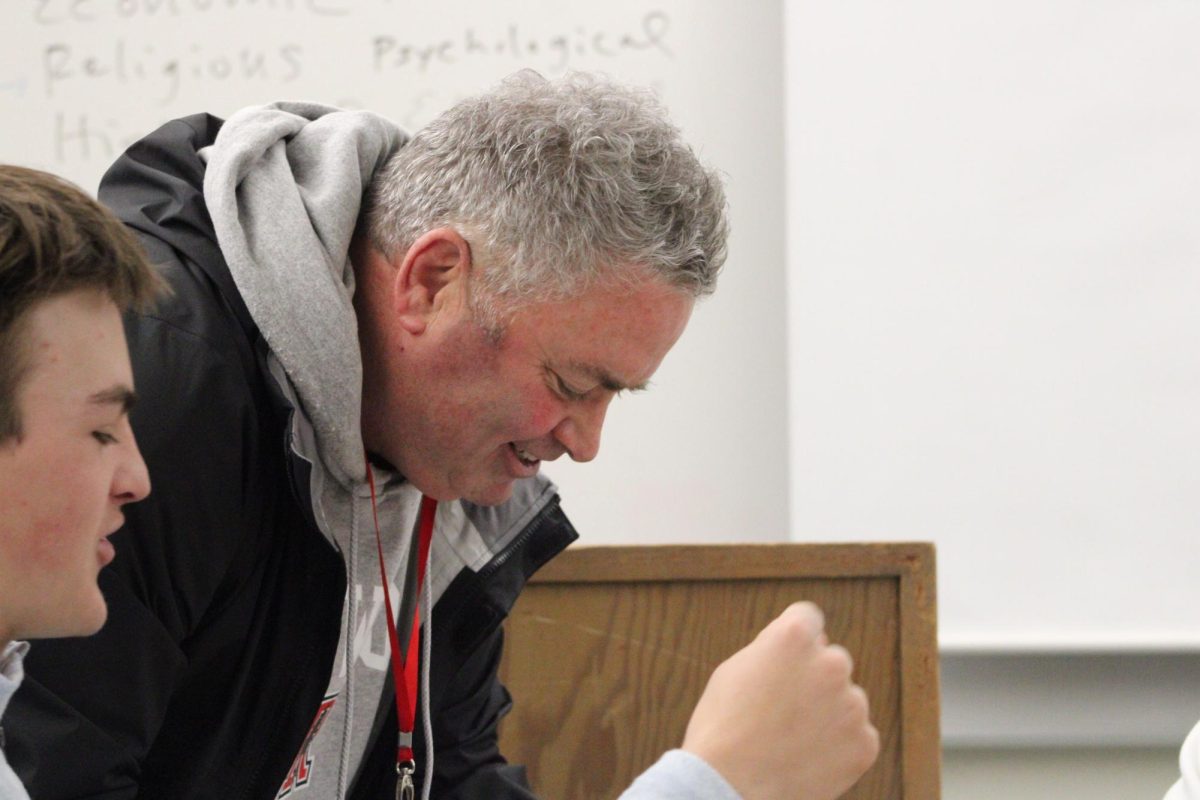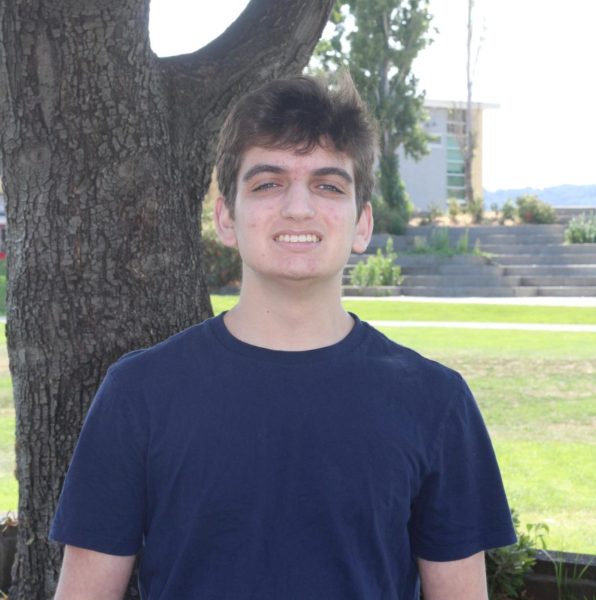After surveying 55 industries, “the highest rate of depression [in workers] (16.2 percent) was found among bus drivers,” according to The Atlantic, referencing a concerning statistic from the journal, Social Psychology and Psychiatric Epistemology.
“That statistic is true,” said Carlos Ramirez, who has been driving the Redwood school bus for seven years and is employed by Marin Transit. “We are always driving under pressure and stress. The job is really demanding.”
Ramirez shared that his bus driving career started while living in Mexico. Five years later, he moved to California and started trucking. Ramirez switched back to bus driving and started driving school buses for Marin Transit after eight years of trucking.
“Over time, I’ve trained to keep myself as calm as possible. When I started [bus driving], I used to get a little angry at the people who are not courteous to bus drivers. But now, it’s not my problem. If people are not courteous, it’s best if I try to relax and not stress about it since driving angry is not safe,” Ramirez said.
Similar to other service professions, bus drivers have to complete hours of instruction and training. Ramirez emphasized that there are two processes to become a bus driver. Not including a driver’s permit, potential bus drivers must go to school and complete several hours of practice to drive public transit, as well as an additional 25 hours of schooling and practice to become a school bus driver.

“You have to memorize all the components and safety procedures of a bus. Then you have to take a final exam on all of it,” Ramirez said.
Overall, there are a total of six in-person tests. Four are administered through the Department of Motor Vehicles (DMV) and two through the California Highway Patrol (CHP). Once he passed the two courses and memorized all the information, Ramirez could finally be a school bus driver.
“Normally I start [work] at 5:45 in the morning. [The] next thing I do is I have to choose what bus I’ll drive for the day, which is usually whatever bus is available,” Ramirez said.
“We check the lights, seats, windshield, bike rack, tires, windows, engine and make sure the seatbelts are properly tight,” Ramirez said, detailing the daily pre-drive check he does on the bus he decides to drive.
Ramirez drives two routes to Redwood in the morning and one in the afternoon. In between the morning and afternoon routes, he drives whatever other routes are needed, as well as doing cleaning and maintenance. During his routes, Ramirez meets all kinds of Redwood students.
“Most students are very kind. They say ‘hi’ and ‘good morning’. But there are some kids who don’t like showing their student ID. We have to scan it though,” Ramirez said.
Junior Elon Harris takes the early bus to Redwood every morning. Harris commented on Ramirez.
“He’s cool,” Harris said. “He’s pretty lenient when it comes to us teenagers, but he enforces the important rules.”
Junior Devyn Johnson takes the bus to and from school every day, and appreciates the bus’s punctuality.

“Especially towards the end of last year there were times when the bus would be twenty minutes late or just wouldn’t show up, but it’s consistently on time this year,” Johnson said.
“We are trying to improve the Tiburon bus route and make it much better than last year. The buses are run by a different administration now,” said Ramirez, confirming Johnson’s observations.
Marin Transit now drives six all-electric buses because of a $31.5 million grant presented by Congressman Jared Huffman last July. They hope to drive a zero emissions fleet by 2040.
“I’ve heard students call [the electric buses] the ‘fancy bus’,” Ramirez said. In addition, Harris said the new electric buses are always “super clean” and have a “new car smell”.
Overall, Ramirez said that the best part of being a bus driver was “serving the people”.
“I like driving. I like to interact with people and talk to them. I love my job,” Ramirez said.




!["I knew I wanted to be a writer. I wasn't a good student [at Redwood], but I wanted to be a writer, and I wanted to paint. I'm self-taught in all of it, which gave me an original voice," Paige Peterson said. (Photo courtesy of Paige Peterson’s website).](https://redwoodbark.org/wp-content/uploads/2025/02/ppeterson.png)


